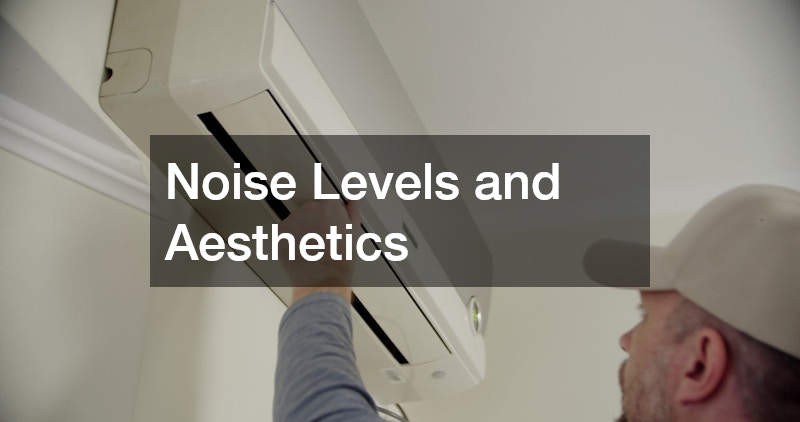Choosing the right air conditioning system for your home can significantly influence your comfort, energy usage and long-term expenses. With a wide variety of systems on the market, understanding the options available is essential to making an informed investment. Whether you’re building a new home, replacing an outdated unit or upgrading to a more energy-efficient model, the right choice can deliver year-round climate control with minimal hassle.
This guide outlines the key considerations when selecting an air conditioning system, from types and features to energy efficiency and installation factors.
Understanding Different Types of Air Conditioning Systems
The first step in choosing the best system for your home is understanding the main types of air conditioning available:
-
Split-System Air Conditioning: This is the most common type in Australian homes. It consists of an indoor unit connected to an outdoor compressor. It’s ideal for cooling or heating individual rooms or open-plan areas.
-
Ducted Air Conditioning: Designed to cool or heat multiple rooms via a central unit and ductwork, this system is best for whole-home climate control. Though more expensive upfront, it offers discreet comfort and can increase property value.
-
Multi-Split Systems: These are similar to split systems but connect multiple indoor units to a single outdoor unit, allowing customised temperature control in different rooms.
-
Portable and Window Units: These are generally suited for temporary use or smaller spaces and are not as energy-efficient or long-lasting as fixed installations.
When selecting a system, consider the size and layout of your home, the number of rooms requiring climate control and your budget for both installation and running costs.
Sizing and Capacity
Correct sizing is crucial to ensure the air conditioning system operates efficiently. A unit that is too small will struggle to cool or heat the space, resulting in higher electricity usage and wear. Conversely, a unit that is too large will cycle on and off frequently, which can increase energy bills and reduce the lifespan of the system.
To determine the correct size, consult a licensed technician who can assess the dimensions of your space, ceiling height, insulation, number of occupants and window orientation. Many Australian air conditioning providers offer in-home assessments to ensure accurate recommendations.
As a general rule, you’ll need around 120 to 150 watts of cooling capacity per square metre. However, this can vary depending on your location and home construction.
Energy Efficiency Matters
Energy efficiency is one of the most important considerations when choosing an air conditioning system. Look for models with a high star rating under the Energy Rating Label scheme. The more stars, the more energy-efficient the system.
Inverter technology is another feature to consider. Inverter systems automatically adjust output to maintain a consistent temperature, which reduces energy use and extends the life of the unit. Non-inverter models tend to switch on and off frequently, which consumes more electricity.
Climate Considerations
Australia’s diverse climate zones require different air conditioning strategies. In tropical and subtropical areas, systems must be capable of handling high humidity and extended periods of use. In southern regions, heating efficiency is just as important as cooling performance.
If you live in a particularly dry or humid area, consider features such as dehumidification and air purification. These not only improve comfort but can also reduce allergens, mould and dust in the air.
Installation and Running Costs
While the initial price of the system is important, running and maintenance costs should also be factored into your decision. Ducted systems, for example, have higher installation costs but can be more economical to run in larger homes if zoned correctly. Split systems may be more cost-effective for smaller spaces or individual rooms.
Ensure installation is carried out by a qualified technician who is licensed under the Australian Refrigeration Council (ARC). Improper installation can void warranties and reduce system efficiency.
Noise Levels and Aesthetics
Consider the noise output of both indoor and outdoor units, especially if they’ll be installed near bedrooms or shared living areas. Modern systems are generally much quieter than older models, but it’s still important to check the decibel rating.
Aesthetics may also play a role, particularly for split systems. Many newer models are designed to blend in with contemporary interiors, and some offer customisable panels.
Selecting the right air conditioning system for your home is a decision that affects comfort, cost and long-term property value. By considering factors such as system type, size, energy efficiency and climate suitability, you can make an informed choice that suits your lifestyle and budget.
Whether you opt for a ducted solution, a versatile split-system or a multi-room setup, choosing wisely will help you enjoy consistent comfort through every season. With proper installation and maintenance, your air conditioning investment can provide reliable performance and energy savings for years to come.



